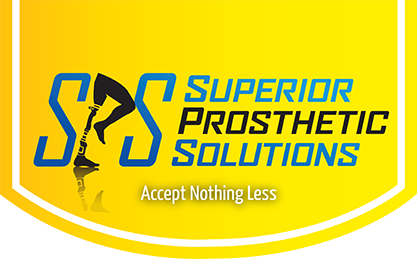High Fidelity Interface
When you think of a prosthesis, many people think of a fancy myoelectric arm or microprocessor controlled knee. It can be quite memorable to see a sleek myoelectric hand power up, move and grasp an item with lifelike intentionality. But in reality, it’s the parts you don’t see-the skeletal shape captured in the socket or interface-that are the most important in helping you move more comfortably and naturally. That’s because more intimately the socket interface can capture remaining skeletal movement, the better range of motion, energy efficiency, and comfort you’ll have with a prosthesis.
Traditionally, prosthetics are often fit by capturing the external circumference of a limb, but the High Fidelity Interface uses The High Fidelity Imager to capture the skeleton. The High Fidelity Interface is a superiorly designed component because it stabilizes the bone so well that it mimics the skeleton—letting you walk faster with less wasted energy from lost motion while providing greater range of motion without discomfort. In addition, it lets you walk more naturally, offering users the ability to enjoy a visually normal gait.
How the High Fidelity Interface works
Amputation often results in a significant disconnect between the remaining skeletal limb and the surrounding soft tissue. When someone wears a prosthesis, tension is built into the walls of a socket to hold and suspend it tightly on the residual limb.
The problem is that the bone can—and often does—move around within the remaining soft tissue and hit the inside walls of the socket, causing pain and discomfort . . . and if that happens, it doesn’t matter how impressive that myoelectric prosthesis is, most of the time the disheartened amputee will give up and just won’t wear it!
The High Fidelity Imager captures the motion of the underlying bone so there is no lost motion. Think of a clapper inside of a bell. When a bell moves, seconds later the internal clapper strikes the inside wall of the bell making the sound. This is not the way we want a prosthesis to work. Amputees don’t want to move, then seconds later have their prosthesis follow. They want a solid, stable, instantaneous response from their prosthesis. They also do not want their bone smacking against the inside of their socket. With the High Fidelity Interface, there is a significant improvement in control, comfort level and energy consumption required to use the prosthesis.
The High Fidelity Interface and High Fidelity Imager are registered trademarks of Biodesigns, INC. To learn more, visit the patent holder’s website: https://www.biodesigns.com.
